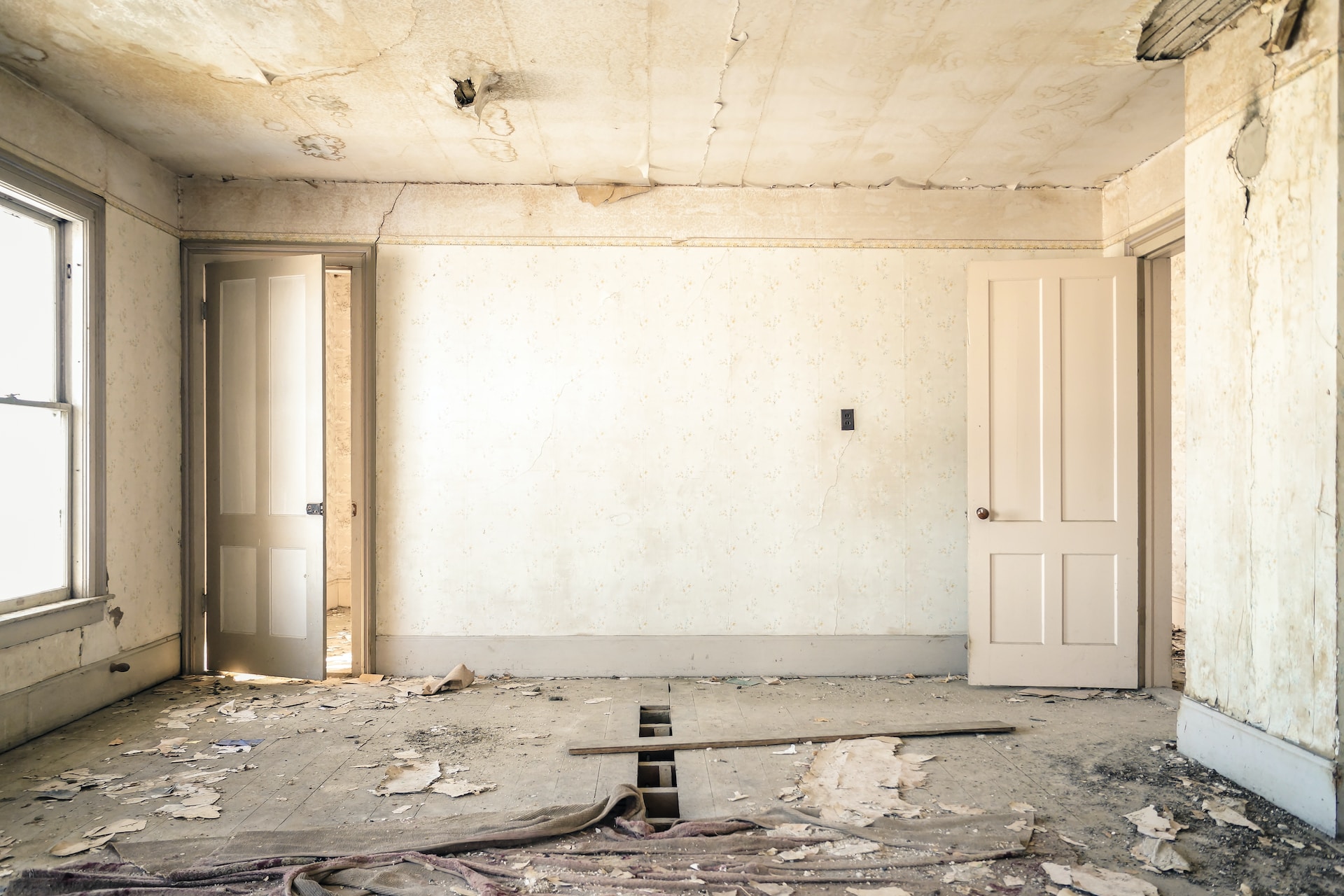Fix and Flip Mastery: A Comprehensive Guide to Assessing a Fix and Flip Deal
JG - November 17, 2023

In this blog post, we unravel the intricacies of estimating profit in a fix-and-flip deal. From analyzing after repair value (ARV) to factoring in acquisition costs, renovations, and holding expenses, this guide equips you with a step-by-step approach to ensure your financial projections align with your investment goals. Let's dive into the essentials of profit estimation and set the stage for a successful fix-and-flip venture.
Estimate After Repair Value (ARV)
In a fix-and-flip real estate investment, ARV, or After Repair Value, represents the estimated worth of a property after it has undergone renovations and repairs. Calculating ARV is crucial for investors to gauge the potential profitability of a fix-and-flip deal.
To estimate ARV, investors typically assess comparable properties (AKA comps) in the area that have undergone similar renovations. By analyzing the selling prices of these properties, investors can make informed predictions about the post-repair value of their target property.
For the most accurate comparison, having access to the MLS, whether through an agent or independently, is ideal. However, if that's not an option, platforms like Zillow can serve as alternatives to help you find suitable comps.
But what makes a good comparison with the distressed property you are targeting? Things to consider are the similarity in size, number of beds and baths, location, date of sale, the type of property whether it's a condo, single family home or something else.
Getting ARV right is key to making sure your fix-and-flip plans turn into a profitable reality.
Estimating Repairs and Improvements Costs
Estimating the cost of repairs and improvements for a fix-and-flip project is another crucial step in ensuring a successful venture. Begin by conducting a thorough walkthrough of the property, noting areas that require attention or upgrades.
For example, if the kitchen needs an upgrade, factor in the cost of new cabinets, countertops, appliances, and flooring. Get quotes from contractors or use online resources to gauge the average costs in your area. If the property requires structural repairs, such as fixing a damaged roof or foundation, consult with a professional to obtain an accurate estimate. Don't forget to account for cosmetic enhancements like fresh paint, landscaping, and curb appeal improvements.
Engage with experienced professionals as needed if you are inexperienced, as their insights can provide a more accurate estimate of the overall renovation expenses. Keeping a detailed record of these costs will not only guide your budgeting but also contribute to more informed decision-making.
There are things to you HAVE to do to make the home livable like structural repairs, and leaky roofs. Then, there are improvements that will increase the value of the home. You should be doing both of these strategically to maximize your ARV.
Estimating Other Costs
When tackling a fix-and-flip project, it's crucial to consider not only the renovation costs but also other financial aspects that can impact your bottom line.
Estimating holding costs involves factoring in expenses like property taxes, insurance, and utility bills during the period of ownership.
Transactions costs during the sale encompass real estate agent commissions, closing costs, and potential staging expenses to showcase the property.
Additionally, financing costs, including interest payments on loans, should be considered. These costs accumulate during the holding period and impact the overall profitability of the project. Any purchasing costs should also be accounted for like commissions and closing costs at purchase.
By carefully estimating and planning for holding, transaction, and financing costs, you ensure a more accurate and comprehensive assessment of the financial landscape, ultimately contributing to a successful fix-and-flip endeavor.
Profit
You should build into your analysis how much profit you will be making. A good way to go about this is to come up with a minimum, base profit that you are willing to make. This can be a percentage of the ARV. For example, if the ARV you came up with is $400,000 and you want to make 10% of that, your base profit is $40,000.
This is a minimum value because your renovations and improvements can increase the profit that you make. Of course, you can't demand your profit be something unreasonable like 100% of the ARV value. Another way to look at this is imagine how much of your time and effort will spent on this project. What is a reasonable hourly rate for that? Or, how much risk are you taking on? The profit should be proportional to the risk.
Determining the Maximum Offer
This is the easy part. To determine what you need to purchase the distressed property for in order for you to make this deal happen, you sum up all costs (repair and improvements, holding costs, transaction costs, financing, etc) along with your desired profit margin and subtract that from the ARV.
The formula is Max Offer = ARV - Estimated Costs - Profit Margin
If you've accurately accessed all the costs, this is exactly how much you should be paying for the property. Going through this process, even on paper, can give you insight and a good feel for your target market.
If you're an investor looking to analyze hundreds of properties at once whether it be for fix and flip, long term or short term rentals, the Z Real Estate Calculator add-on does that for you automatically. It uses the formulas and has all the input values talked about in this blog post and automates all the calculation for you so you can save time and focus on the important things. It also calculates ROI and hypothetical scenarios for different holding times.
I hope you've enjoyed this blog post and good luck on your fix and flip ventures.
-------------------------------------------------
Check out the Z Real Estate Calculator here!
-------------------------------------------------